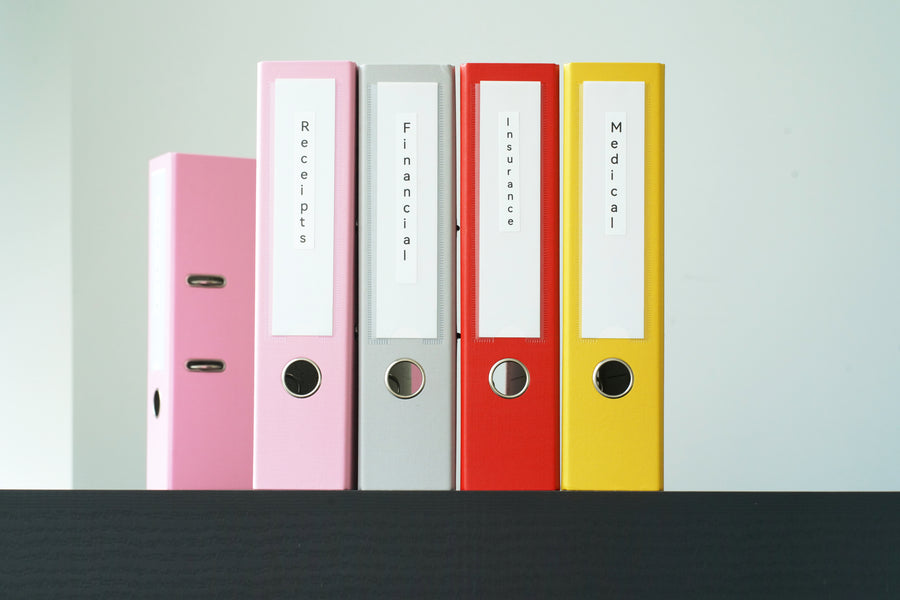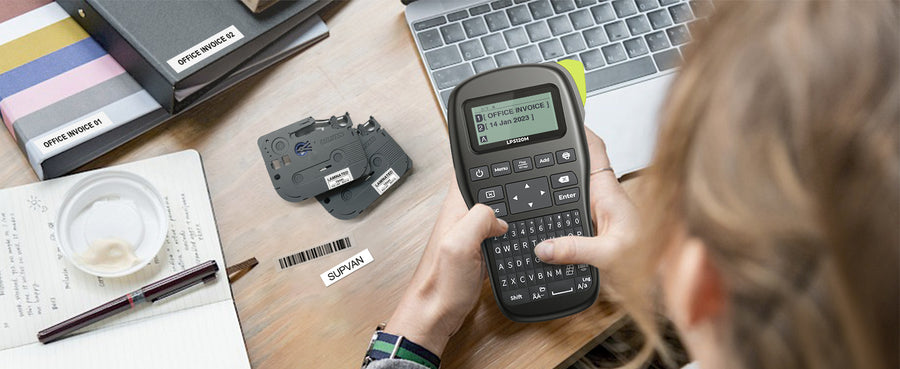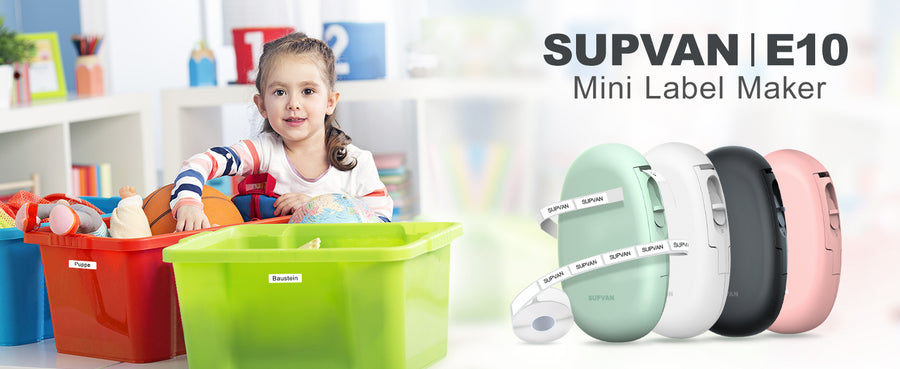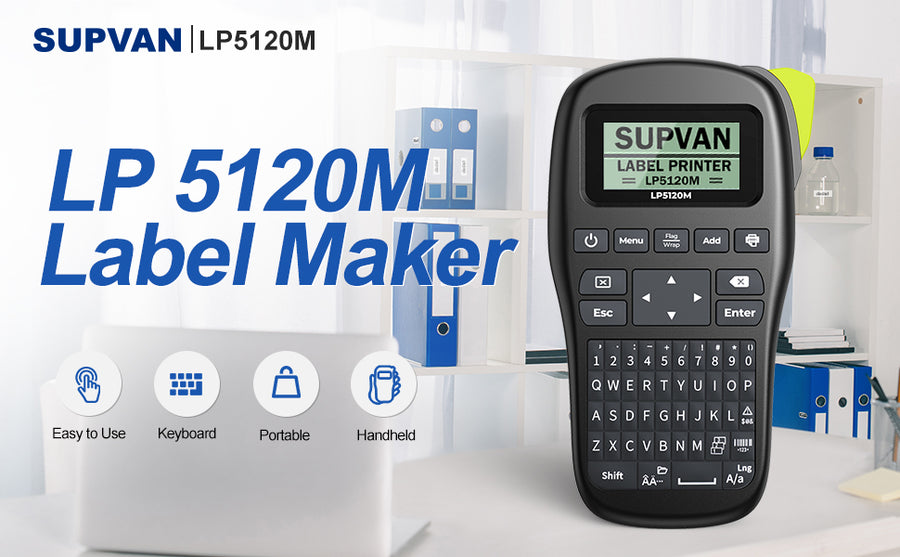Printing technology has come a long way since its inception, and the ability to print whatever one desires is now a reality. With the advent of 3D printing technologies, people can print objects ranging from simple toys to complex medical implants, all from the comfort of their homes. This technology has revolutionized the manufacturing industry by allowing individuals to create their products without the need for specialized equipment or expertise. Furthermore, advances in inkjet printing have made it possible to print high-quality images and text on various surfaces like paper, metal, plastic, and even wood.

One area that has significantly benefited from these technological advances is the publishing industry. Home printers have become sophisticated enough to enable people to print books and other reading materials at home. This development has substantially reduced the cost of producing books, making self-publishing an attractive option for many aspiring authors. Furthermore, digital book formats and e-readers have created new avenues for distributing and consuming literature, further disrupting traditional publishing models. As a result, more and more people are turning to print-on-demand services to publish and distribute their works, leading to a democratization of the publishing industry that was once dominated by large publishing houses.
How to print book/how to print a book?
Printing a book typically involves several steps, which may vary depending on the printing method and the specific requirements of the project. Here are some general steps involved in printing a book:

- Choose a printing method: There are several printing methods available, including offset printing, digital printing, and print-on-demand (POD) printing. Each method has its own advantages and disadvantages, so it's important to choose the method that best suits your needs.
- Design the book: This involves creating a layout for the book, selecting fonts and images, and formatting the text. You can use software like Adobe InDesign or Microsoft Word to design the book.
- Create a print-ready file: Once the book is designed, you'll need to create a print-ready file that meets the printer's specifications. This typically involves converting the file to a PDF format and ensuring that all the images and fonts are embedded.
- Choose paper and binding options: You'll need to select the type of paper and binding options for the book. This could include options like glossy or matte paper, hardcover or softcover binding, and different paper weights.
- Print the book: Once everything is set up, you can send the print-ready file to the printer and they will print the book according to your specifications.
- Quality check: Once the book is printed, it's important to check for any errors or issues with the printing. This could include checking for typos, color accuracy, and print quality.
Overall, printing a book can be a complex process, but there are many resources available to help you through each step. If you're unsure about anything, it's always a good idea to consult with a professional printer or book designer.
- Getting a book printed can seem like a daunting task, but with the advancement in printing technology, it has become more accessible than ever before. Here are a few steps to help you get started:
- Write your book: This may seem obvious, but you need to have a finished manuscript before you can start thinking about getting it printed.
- Edit and proofread your manuscript: It's crucial to ensure your book is error-free and polished before sending it for printing. You can hire a professional editor or proofreader to help you with this.
- Format your book: Your book needs to be formatted correctly so that it looks good and is easy to read. You can use software like Adobe InDesign or Microsoft Word to format your book.
- Choose a printing method: There are several printing methods available, including print-on-demand (POD) services, offset printing, and digital printing. Each method has its advantages and disadvantages, so it's important to research and choose the most suitable one for your needs.
- Find a printer: Once you have decided on the printing method, you need to find a printer who can produce your book. You can search online for printers or ask for recommendations from other authors or publishing professionals.
- Submit your files: After selecting a printer, you will need to submit your formatted files and cover design. The printer will then produce a proof copy of your book for you to review.
- Printing and distribution: If everything looks good with the proof copy, the printer will proceed to print the final copies of your book. You can then distribute your book through various channels, such as online bookstores, local bookshops, or direct sales.







Leave a comment